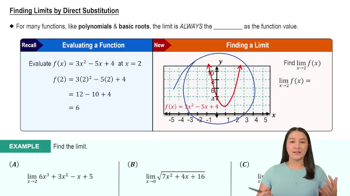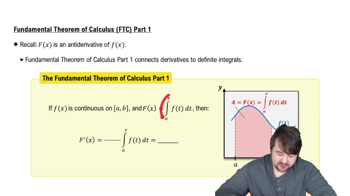{Use of Tech} Investment problem A one-time investment of \$2500 is deposited in a 5-year savings account paying a fixed annual interest rate r, with monthly compounding. The amount of money in the account after 5 years is a(r) = 2500(1 + r/12)⁶⁰.
a. Use Newton’s method to find the value of r if the goal is to have \$3200 in the account after 5 years.






